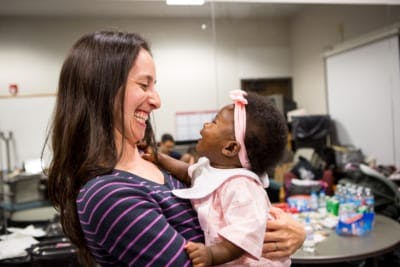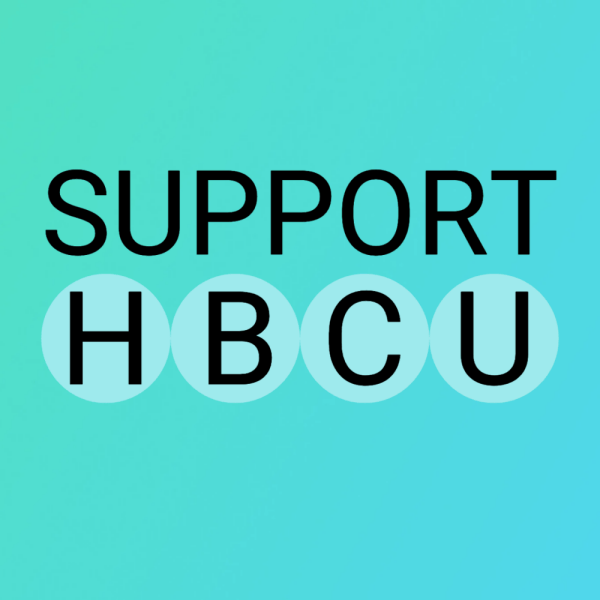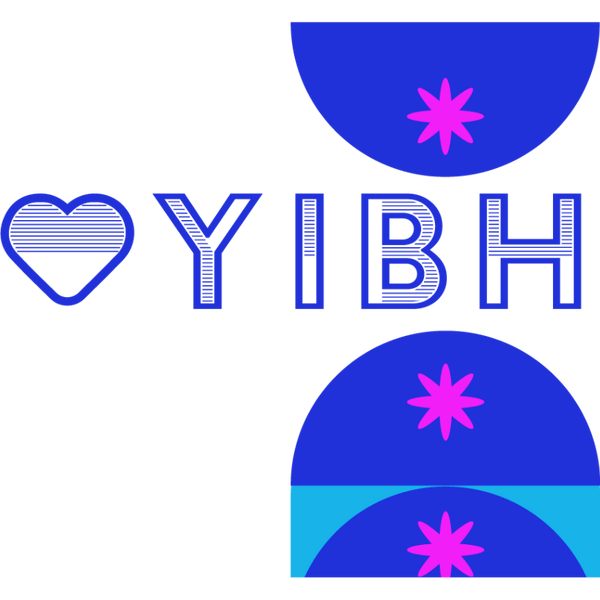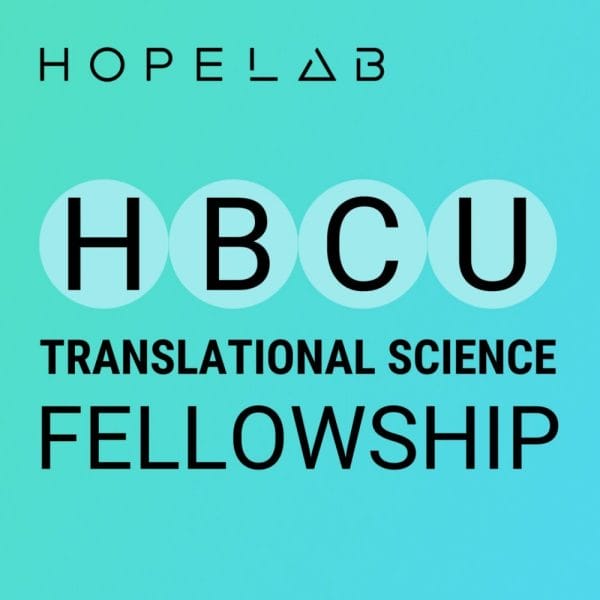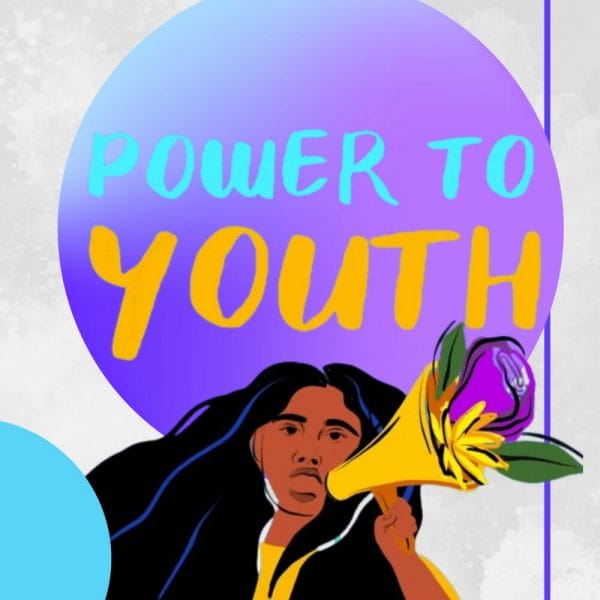Years before I became a mother myself, I was learning about motherhood, social support, and maternal mental health through a traineeship with the Maternal Child Health Bureau. My time alternated between being knee-deep in the scientific literature on maternal health and serving mom and young families at local clinics. However, one of my biggest lessons learned on the topic, which would serve me as both a maternal health professional and a mother, came from an unlikely source: a museum.
While visiting my parents in Mexico City, I came across a mural painted on the interior courtyard wall of an art museum. It was easily three times my size. It’s title? Maternidad. (That’s motherhood in Spanish.)
Painted in the 1920s by Jose Clemente Orozco (one of the “Three Great Muralists” of Mexico) the mural depicted something that age-old wisdom and cultural norms around motherhood know to be true: social support matters.
The mother in the image had five people around her. And none of them were ooo-ing and awwww-ing over the baby.
They were there for HER.
They represented her community.
The people in her corner.
The description at the museum actually described these bystanders as “Five figures displaying a protective attitude.”
That image was etched into my brain.
I thought about it as I reviewed the evidence demonstrating that social support during postpartum is a protective factor and associated with lower incidence of postpartum anxiety, depression and positive outcomes related to breastfeeding and newborn nutritional status.
I thought about it as I worked with clients and patients and moms who struggled to find those “five protective figures” in their own lives.
The women in the mural didn’t need to rely on studies to convince them to provide support – they just knew.
The image, of course, came to mind during my own pregnancy.
Who could I count on to be in my corner?
I lived in a city with no family, so I had to be creative.
During my third trimester, I made a list of all the things that I took care of on a daily or weekly basis, and brainstormed who I might be able to call on to help during postpartum, so that I could do my job of bonding with baby, learning how to breastfeed, and recover from childbirth.
That mural from so many years prior without a doubt was at the center of my ability to ask for and receive support.
Don’t get me wrong, postpartum was still one of the hardest periods of my life. I was in physical pain from an intense tear, in an emotional whirlwind from lack of sleep and a sick baby, and in general, a hot mess. But, I had my community, my “protective figures” who answered my call for support with love and enthusiasm.
I had friends and family help with dishes, with laundry, with meals. I had people clean my house, cook me breakfast, and go grocery shopping. I had people bathe me, and help me get dressed, and comb my hair. Even now, I get teary-eyed remembering how loved and supported I felt at my most vulnerable.
This kind of supports extends far beyond the immediate postpartum period and into the entire transition into motherhood.
This is mothering the mother.
A practice that is supported not only by science, but by history, and culture, and lived experience.
Three years into motherhood, and a decade into my work as a maternal health professional, I still face uncertainty often. Whether I am doubting my own capacity, or I am sitting with a patient’s fear, the mural comes to mind.
And in those moments I am reminded: we all need support.
I turn to my community.
I turn to the people in my corner.
I trust in the collective effort it takes to be a mother.

